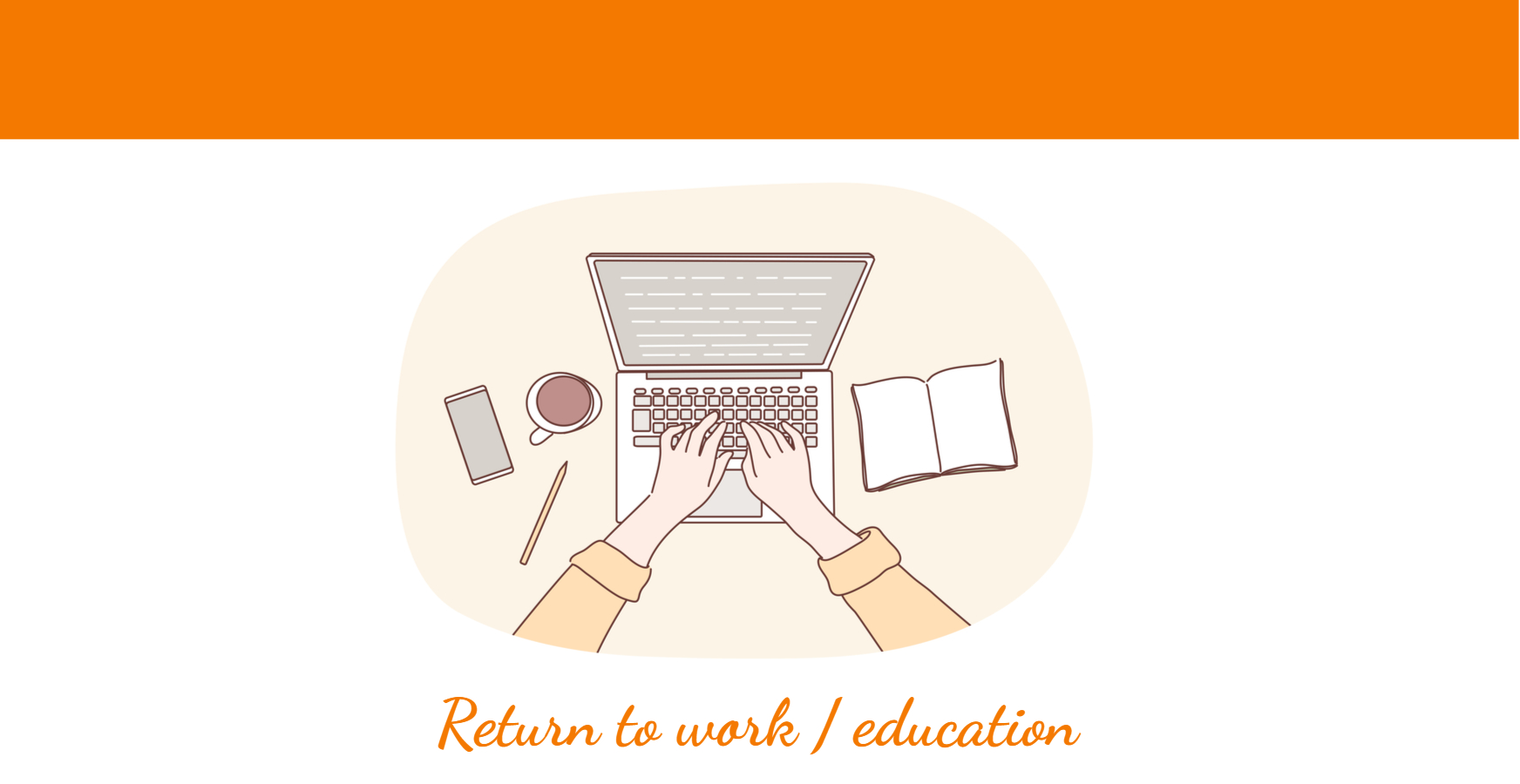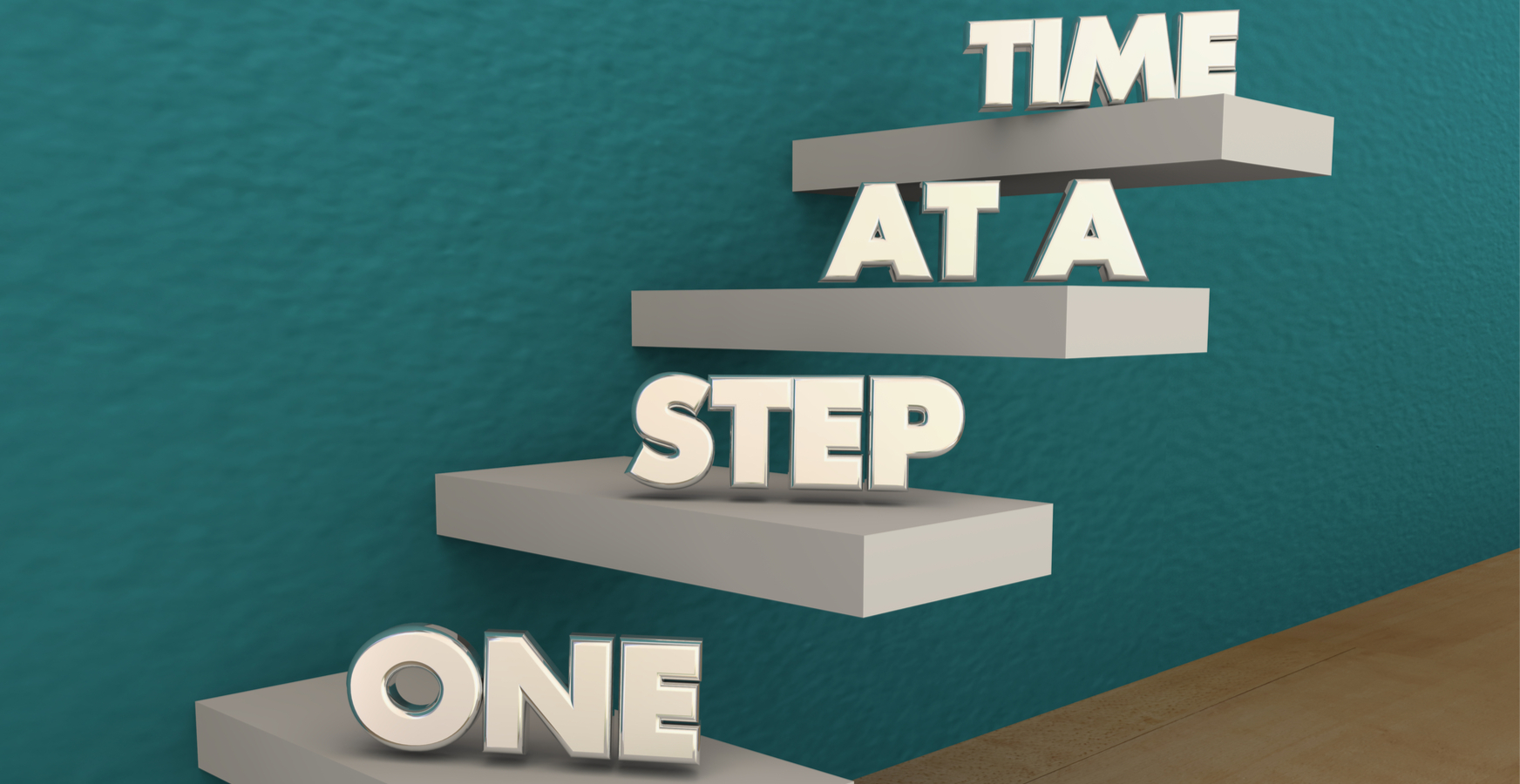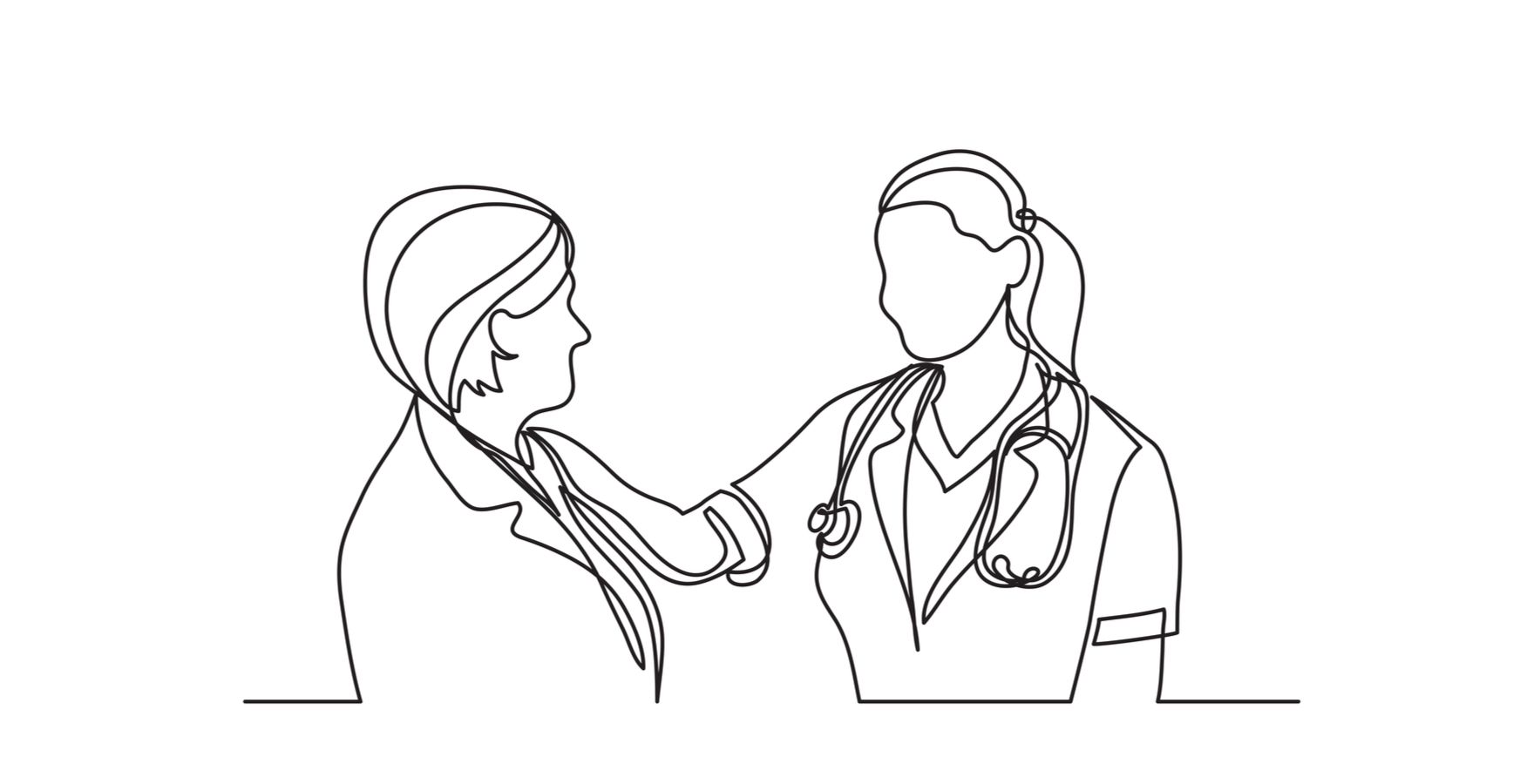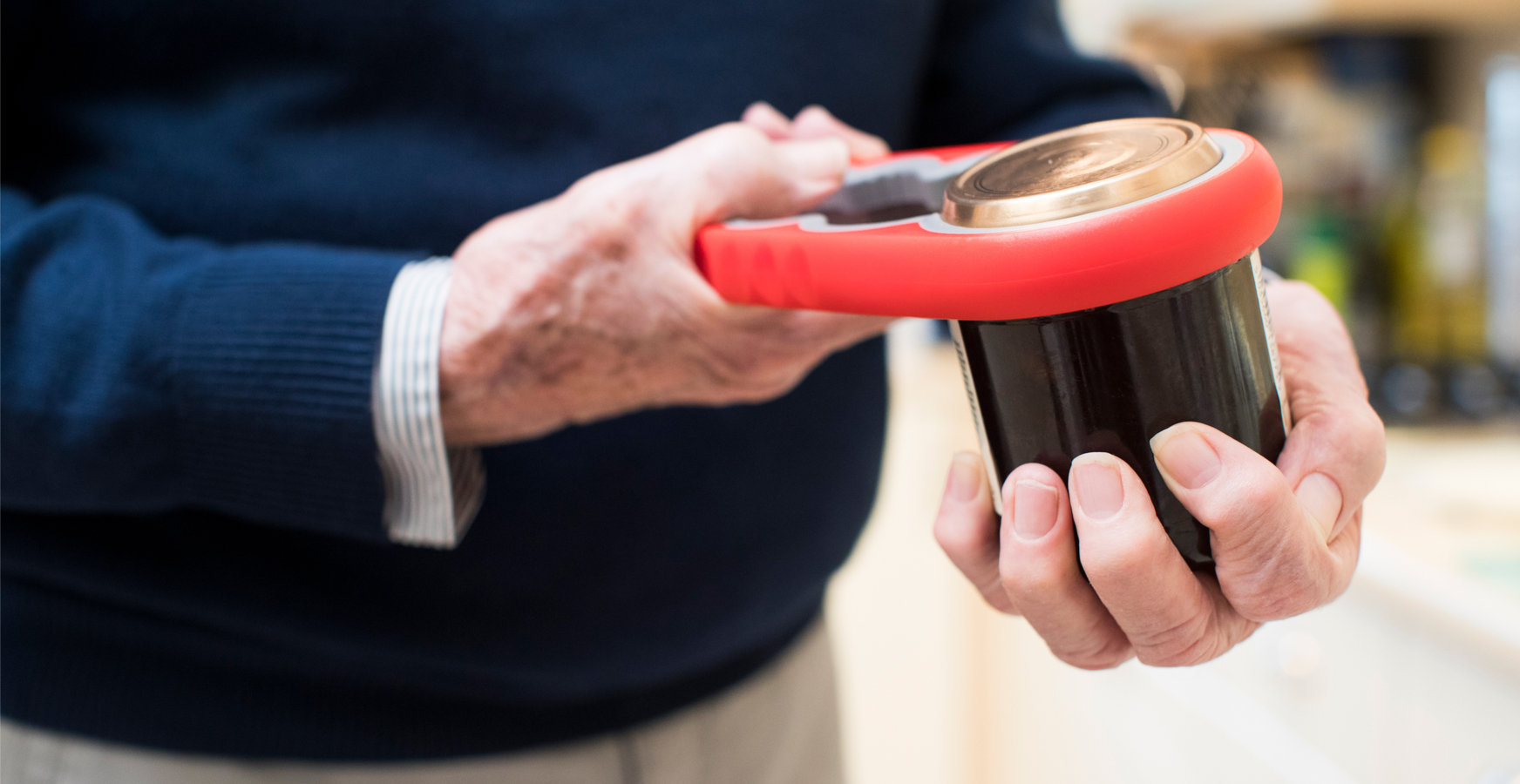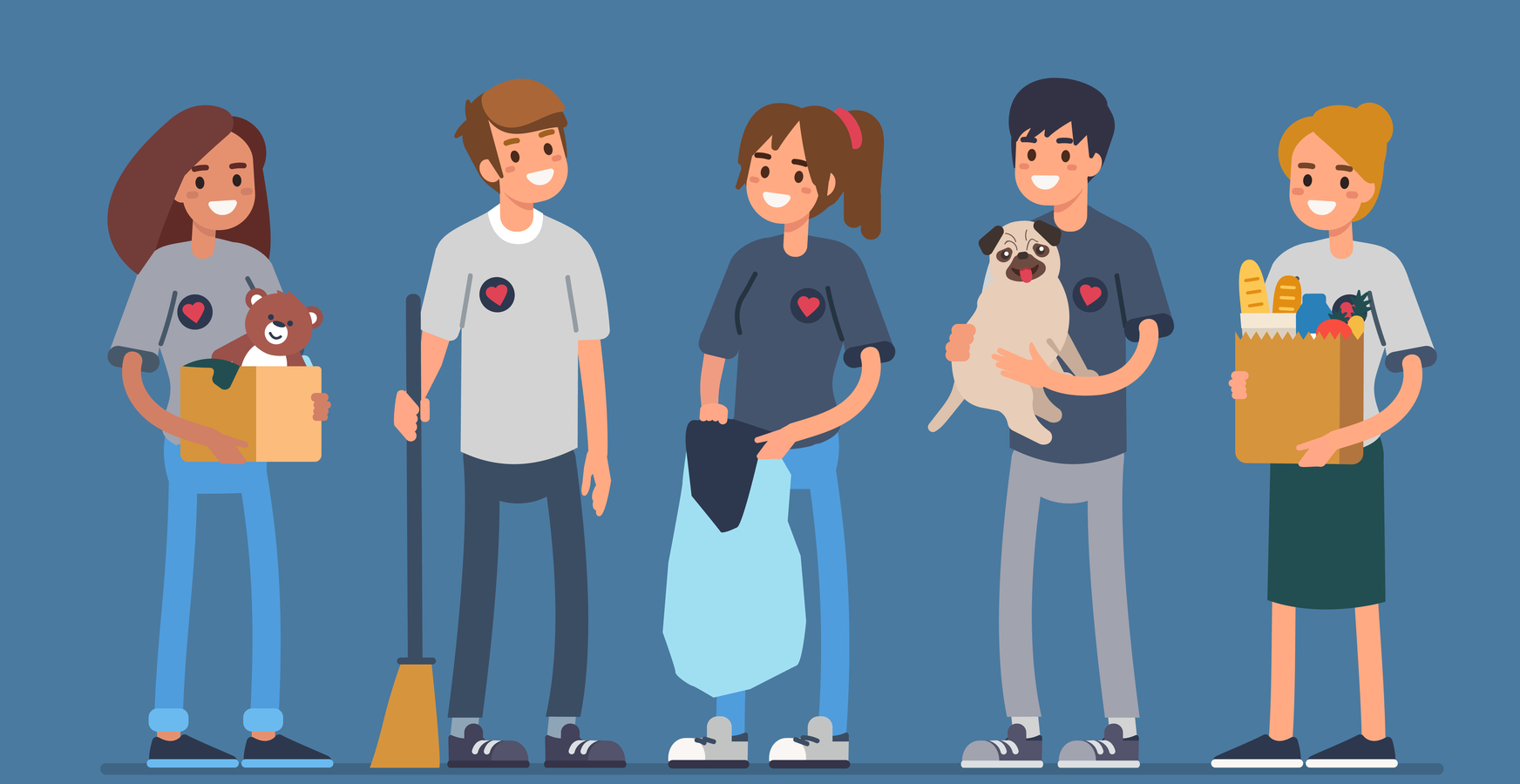I returned to work very quickly following my injury, probably too quickly considering the very high levels of pain I was in. At the time of my injury I was a teacher of young people with autism, which is a very physically demanding job. Thankfully I was working as a senior leader rather than a class teacher at the time, and so the physical demands on me were a little less than they might have been. It took a couple of years for me to realise that I needed to change careers and move to a less physical job, which I thankfully did. I have never looked back!
There are many reasons why I choose to work despite continuing to live with pain. First is perhaps the obvious one, financially I need to, but there is so much more I gain from work than that. I work alongside some amazing colleagues and I am constantly meeting new people. I feel my job is worthwhile and I can have a beneficial impact on other people’s lives. Working gets me out of the house and provides a different focus for me than the pain I live with. I cannot deny that at times my work increases my pain levels, but to me that is a small price to pay for the benefits that I get out of working.
I have been lucky that I have been supported by a range of employers in terms of my disability. I am now fundamentally self-employed, albeit I work for a range of organisations. Although being self-employed, particularly when you first start out, carries with it the stress of whether you will be able to find enough work to pay the bills or not, for me it has provided a level of freedom in terms of being able to work around my pain levels that being fully employed does not. Self-employment is certainly worth considering if you live with a difficult pain condition.
Although it took me a while to accept that I met the UK Equality Act criteria for disability, and was therefore ‘disabled’ within the meaning of the Act, there have been many advantages in me doing so. It opened the door to a range of extra support within the workplace that I might not otherwise have been afforded. For example I am entitled to ‘reasonable adjustments’ in the workplace, which for me has included a wide range of things, from chairs matched to my need, the provision of taxis when others may not be eligible, physical help lifting and carrying and meeting rooms selected avoiding stairs.
Continuing to work is important to me. Although there is a balance in terms of the type and quantity of work I do and increased levels of pain, I am convinced that overall it has been good for both my physical and mental health, as well as my overall well-being.
I realise that I have been lucky to have been supported to continue to work by a wide range of people and organisations, and for that I am very grateful. In the MindMap below I have tried to pick out the most important elements that I think have enabled me to carry on working, despite my persistent pain condition.
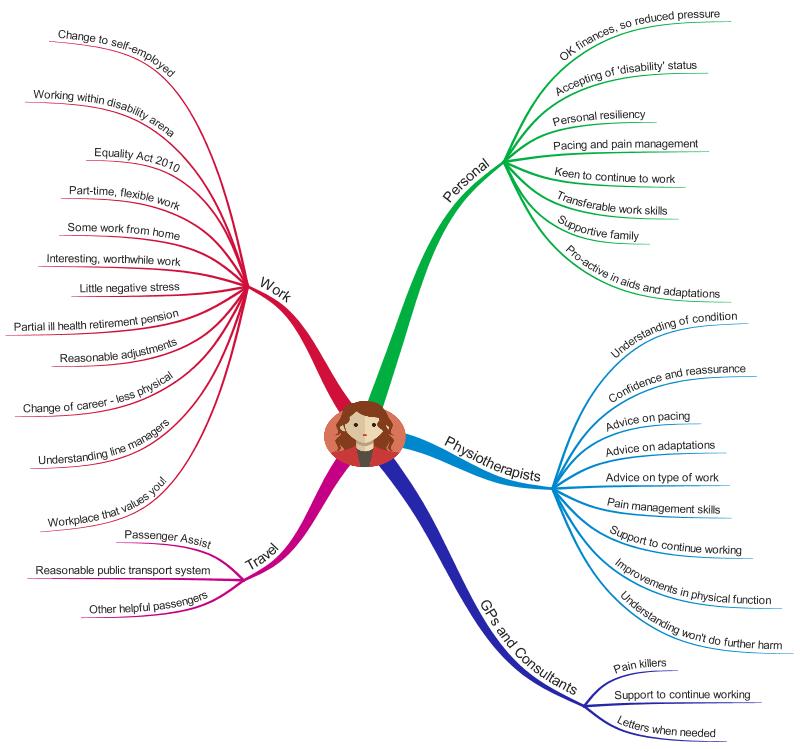
Read and explore

Videos to watch
Click on the pictures to learn more about each strand
More Information

